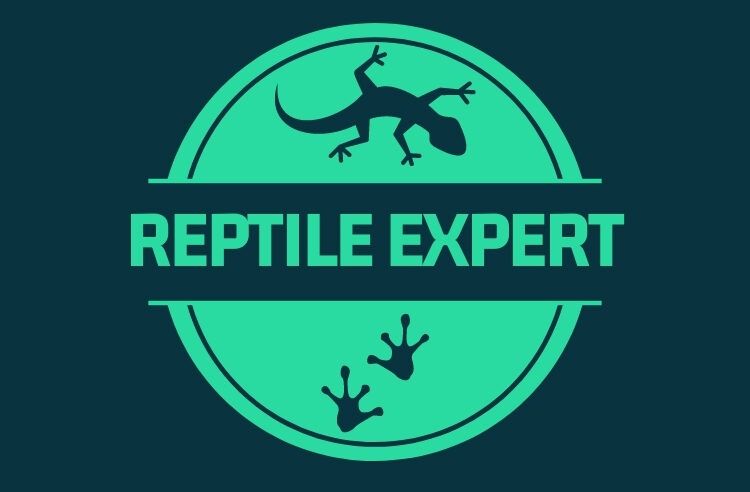With all the advances over recent years in heaters, lighting tubes, bulbs and controllers, it’s never been easier to create an ideal environment for your pet. Never-the-less, with so many excellent products on the market, it can sometimes be a little difficult to know how best to go about doing it.
Every reptile keeper has his or her favourite way of heating and lighting a tank, but the basic idea remains the same – and that often means that there are some questions that tend to keep cropping up. With that in mind, you’ll find the answers to a few of the most commonly asked ones below.
What’s the Basic Set Up I Need?
You’ll need a suitable heat source of some kind, usually a ceramic heater, under tank heat mat or hot rock, to provide warmth, a thermostat to keep the temperature fairly constant and a light of some kind. How warm you need to make the tank depends on the type of reptile you’re planning to keep, but most will appreciate having areas of their home that are a bit hotter than others, so they can move around to regulate their body temperature in the same way they would in the wild.
Keeping the lighting and the heating as two separate functions allows your pet to live in a much more natural environment.
Pads, Rocks or a Heat Bulb – Which is Best?
There isn’t really a “best”; a lot depends on the species you are keeping and the sort of set up you have. Hot rocks and heat pads warm things from the ground up, while heat bulbs and ceramic heaters warm the air, so it’s pretty obvious that all of these heaters have their place and there’s nothing to stop you using more than one kind in the same tank. It’s often simplest and best to ask for a little advice from someone with experience and who has successfully kept the same type of reptile.
Whatever system you do choose, do make sure that your pet cannot come into contact with heating elements; some reptiles seem to have an almost suicidal desire to get burnt!
What’s a Hot Spot?
It’s simply an area in the tank, usually below a heat lamp, where your reptile can bask when it wants to warm up.
Why Do I Need UV?
Daily exposure to ultra-violet light is essential to a range of reptiles, especially lizards, tortoises and terrapins to enable them to make vitamin D3 for themselves. As this vitamin helps regulate calcium and phosphorous metabolism, not giving them the UV they need is an obvious recipe for disaster. There are plenty of UV lights on the market which are purpose-made for the job – just remember to replace them as often as the manufacturer recommends since the actual output of UV decreases surprisingly quickly.
Can I Replicate Day and Night Conditions in My Tank?
Giving your pet as natural a cycle of day and night as you can is a very good idea, and can help avoid a lot of potential stress for the animal. It’s one of the main reasons for separating heating and lighting and with the latest range of thermostats and environmental controllers, it’s remarkably easy to replicate real-world conditions for your reptile.
Programmable dimmers can let “night” fall and the “dawn” subsequently break naturally, while dimmer-stats help control spot heat lamps by gradually reducing the current once they’ve reached the required temperature. If you really want to add to that the ultimate in all-singing-all-dancing heat control, however, dual temperature thermostats are hard to beat; just set one temperature for day and another for night.
What About Seasonal Variations?
Seasonal variations in day length often act as triggers for a range of behaviours in wild reptiles – most notably mating – so if you’re hoping to do a spot of captive breeding or simply want your pet to live as natural a life as possible, then it’s worth trying to build this in. It’s not a particularly difficult thing to do, especially given the cheap timers available in every DIY shop, never mind the enormous range of purpose-built controllers on sale specifically for reptiles. Once you’ve found out the sort of day/night changes you need to make for each season, all you have to do is set your timer accordingly – but do make sure that any changes are gradual so your pet can become acclimatised.
Heating and lighting are critical elements in reptile keeping and vitally important to your pet’s wellbeing. Fortunately there’s a huge amount of equipment available to make the task easy – and a wealth of knowledge and information to point you in the right direction.
